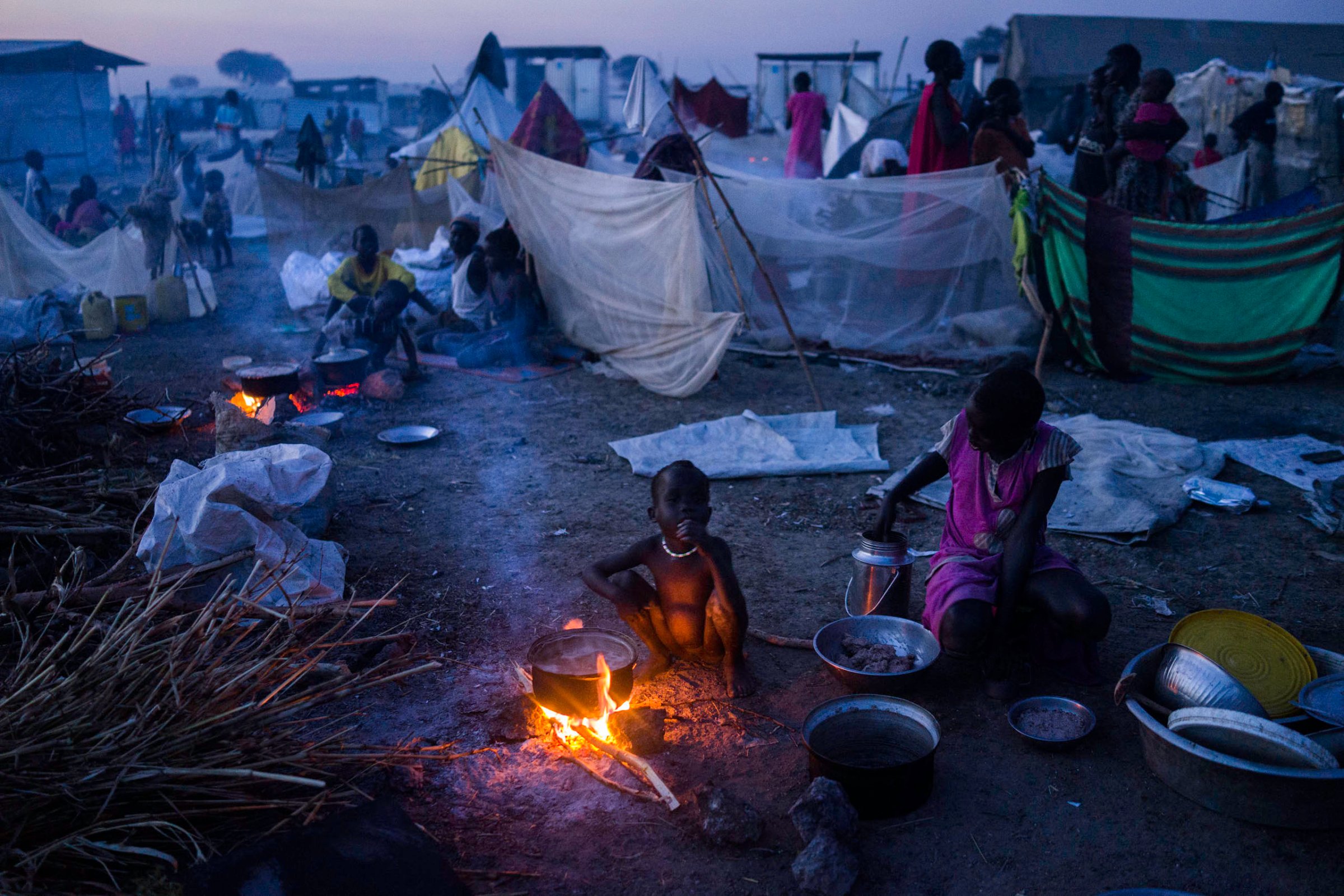
South Sudan keeps grim company. In the world of neglected conflicts it brushes shoulders with the likes of Central African Republic, among the continent’s most unstable nations, and Yemen, where a Saudi-led air campaign against the Houthi rebels has taken a severe toll on civilians. But even then, South Sudan stands out. Its independence in 2011, after southerners overwhelmingly approved splitting from the north, came as a result of American backing. There was a big ceremony, and a lot of hope.
Fast forward to December 2013, when a political dispute in the capital, Juba, between President Salva Kiir and his Vice President Riek Machar led to a countrywide battle that reignited ethnic tensions between two tribes: the Dinka, loyal to Kiir, and the Nuer, loyal to Machar. Civilians have borne the brunt of it, according to human rights organizations, from arbitrary arrests and mass looting to atrocities like rape and targeted killings. Peace deals have been negotiated, signed and broken, with violence spreading to other parts of the country.
A senior U.N. official recently said at least 50,000 people had been killed, well above previous estimates. Nearly 3 million are severely food-insecure. And more than 2.2 million are internally displaced or have fled the country. The U.N.’s current humanitarian response plan, totaling some $1.3 billion, is only 3% funded.
Photographer Dominic Nahr was in South Sudan late last year, on assignment for Doctors Without Borders. He knows the region well, having moved to East Africa in 2009 after covering the war in Democratic Republic of Congo, and then documenting South Sudan before and after independence. It was his first time back since 2012.
He was there for a month, shuffling between towns like Leer Thonyor, Kok Island and Bentiu in Unity State, and Lankien in Jonglei State. He photographed at hospitals, displacement camps and sites where food or supplements were distributed. In a particularly powerful aerial photograph, Nahr captured thousands of people lining up for long-delayed food that had been dropped by an aid group. “Leer was completely empty before the food drops—nothing, nobody,” he recalls. “As soon as the food drops started, everybody came from all over.”
Working alongside the doctors and nurses had its effects. “There were days that I didn’t even pick up a camera, and I helped out,” Nahr says. “I didn’t want to be some invisible photographer.”
Nahr says he’s questioned the power of photography over the past few years. “Are we just all slapping each other on the back — ‘Good job, man. Good awards.’ Are we reaching the right people?” He wants to inform and influence those who aren’t as tapped into the news. “My belief when I started photography was just make pictures, just document everything and so later we can look back and figure this stuff out. I’m still kind of on that page. A history professor I once had said we cannot figure out our present until years later,” he says. “I used to agree with that statement, but in the past few years I’ve changed my mind: I think we should be able to change things now. I’m getting impatient.”
At a hospital in Lankien, Nahr met a six-year-old boy and his mother after he had been shot in the leg. The next day, before his flight to another area, Nahr photographed the amputation. The boy was quiet but “they trusted me,” he says. “I really struggled to say goodbye.”
But in a seemingly impossible coincidence, at a camp for internally displaced persons on Kok Island, Nahr again saw the boy with a bandaged leg. His mother shouted: “Lankien! Lankien! Lankien!” It had been three weeks since they had first met and somehow, in this movement of millions of people around the region, they had run into each other again. Excited to recognize one another, they each told those around them how they met. The boy was using crutches and “doing great.”
It was a poignant moment for Nahr. In his years covering conflict and its consequences, there were rarely, if ever, follow-ups. “To randomly bump into somebody is huge,” he says. The mother and son were in the camp for a night or two, just passing through, as they made their way home.
Dominic Nahr is a photographer working in Africa, Asia and the Middle East. Follow him on Instagram: @dominicnahr
Alice Gabriner, who edited this photo essay, is TIME‘s International Photo Editor.
Andrew Katz, who wrote this article, is TIME‘s International Multimedia Editor.

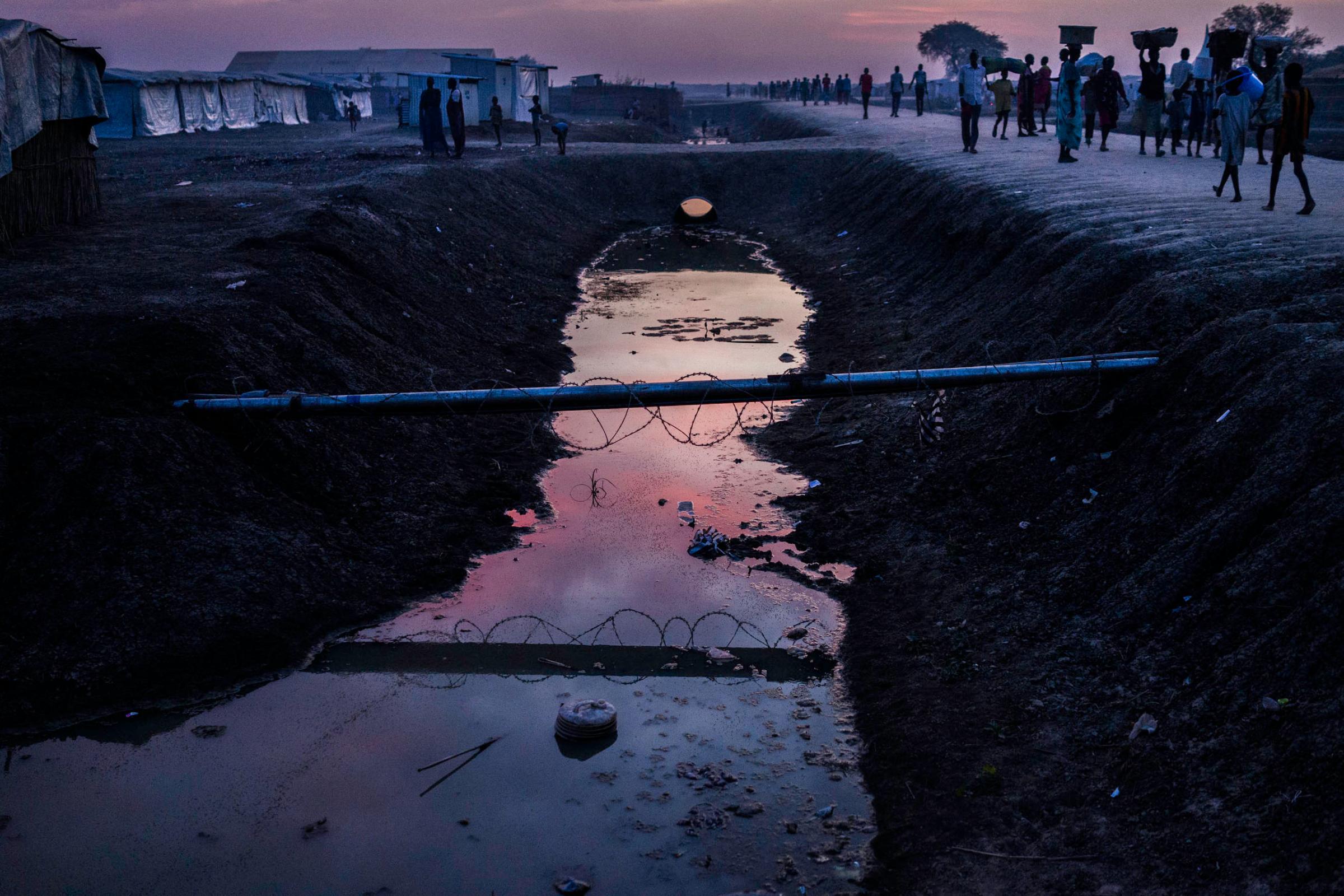

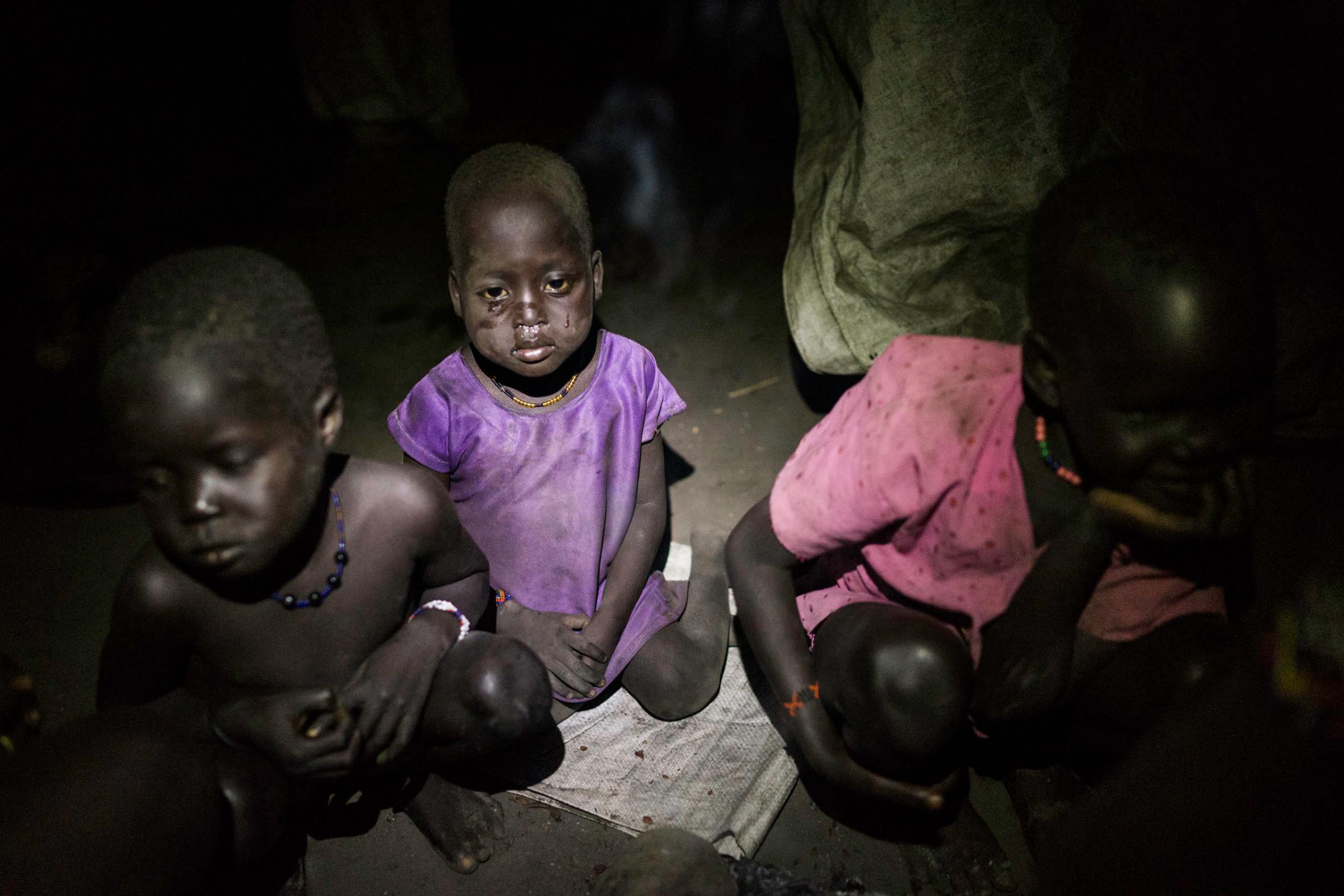
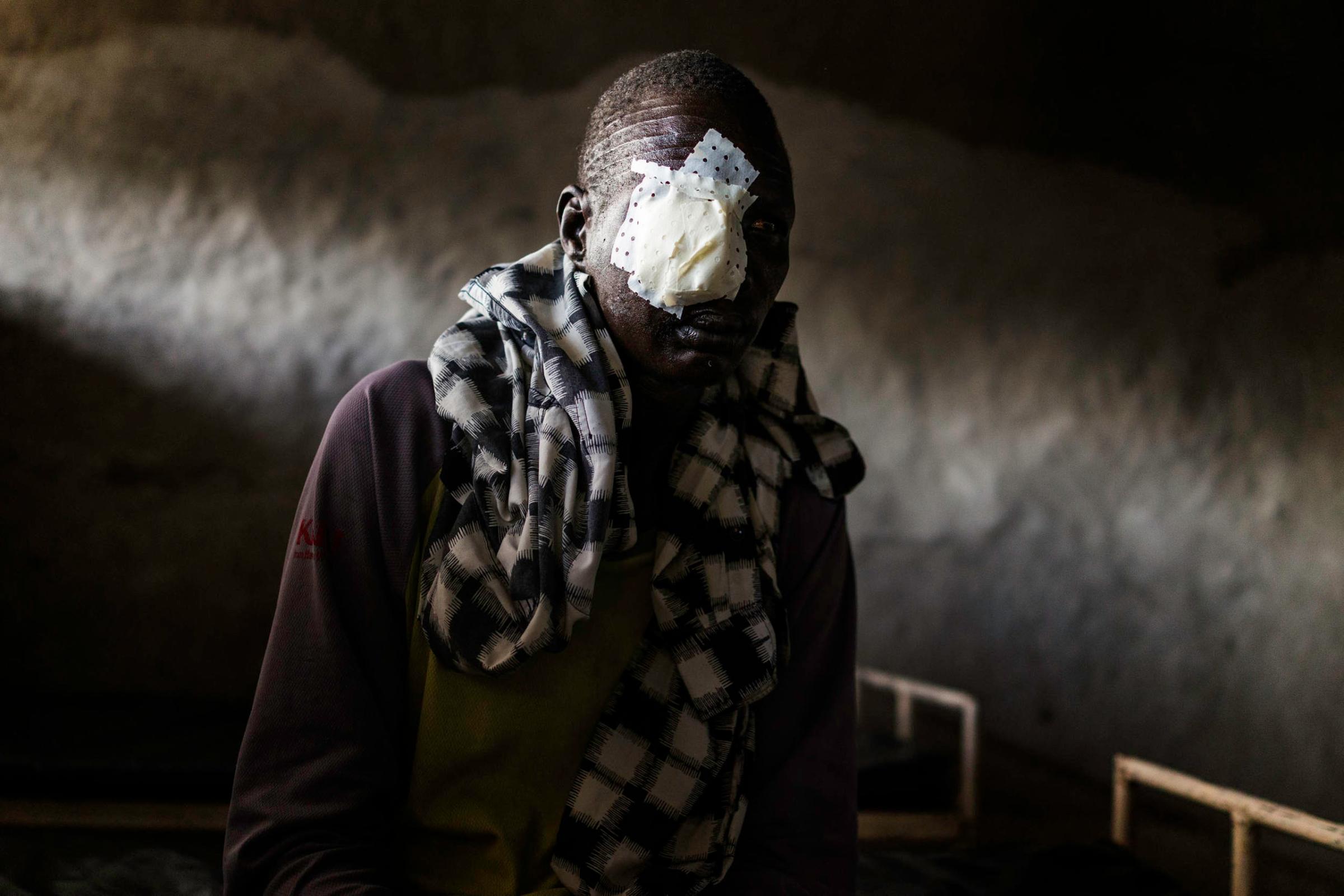
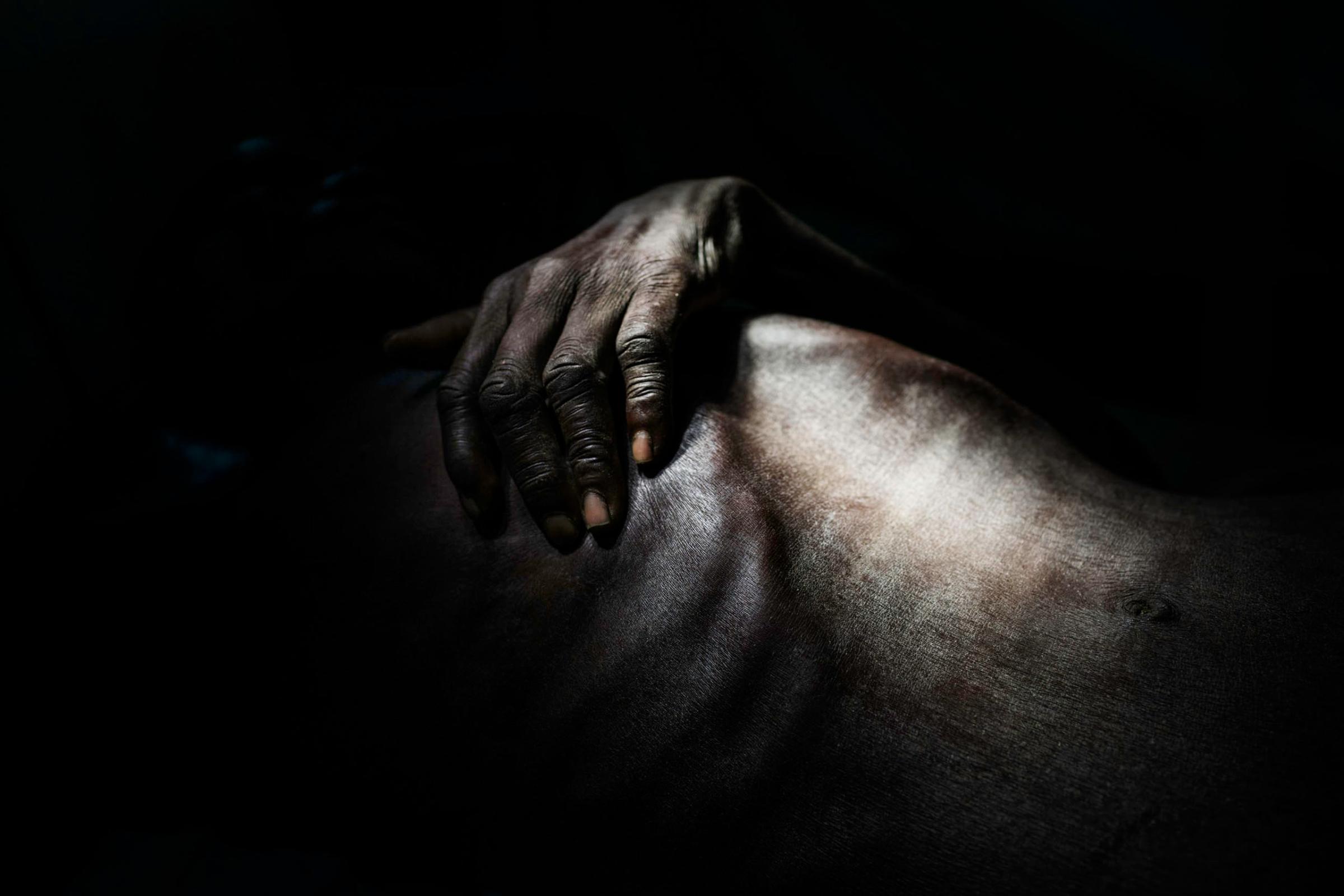
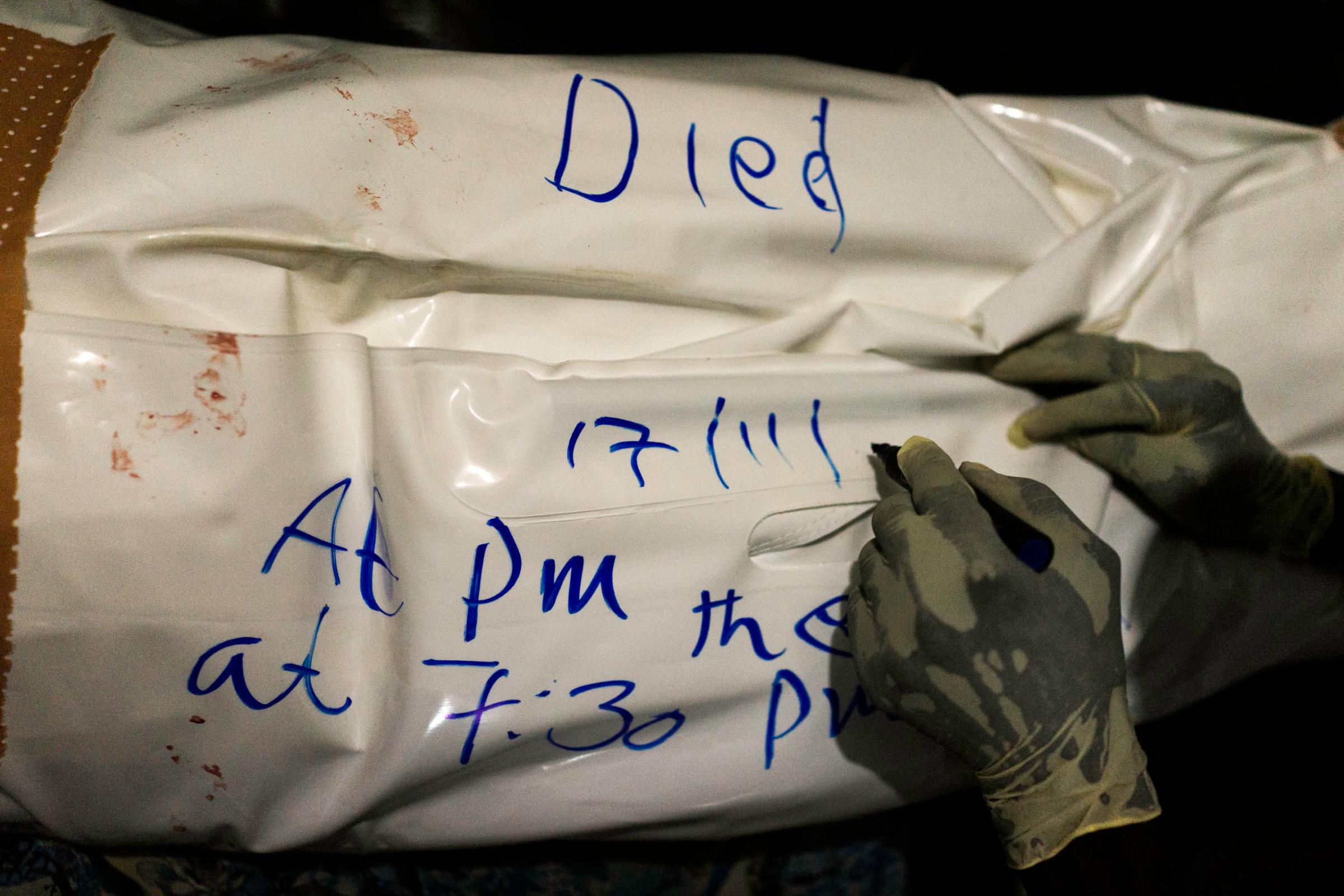
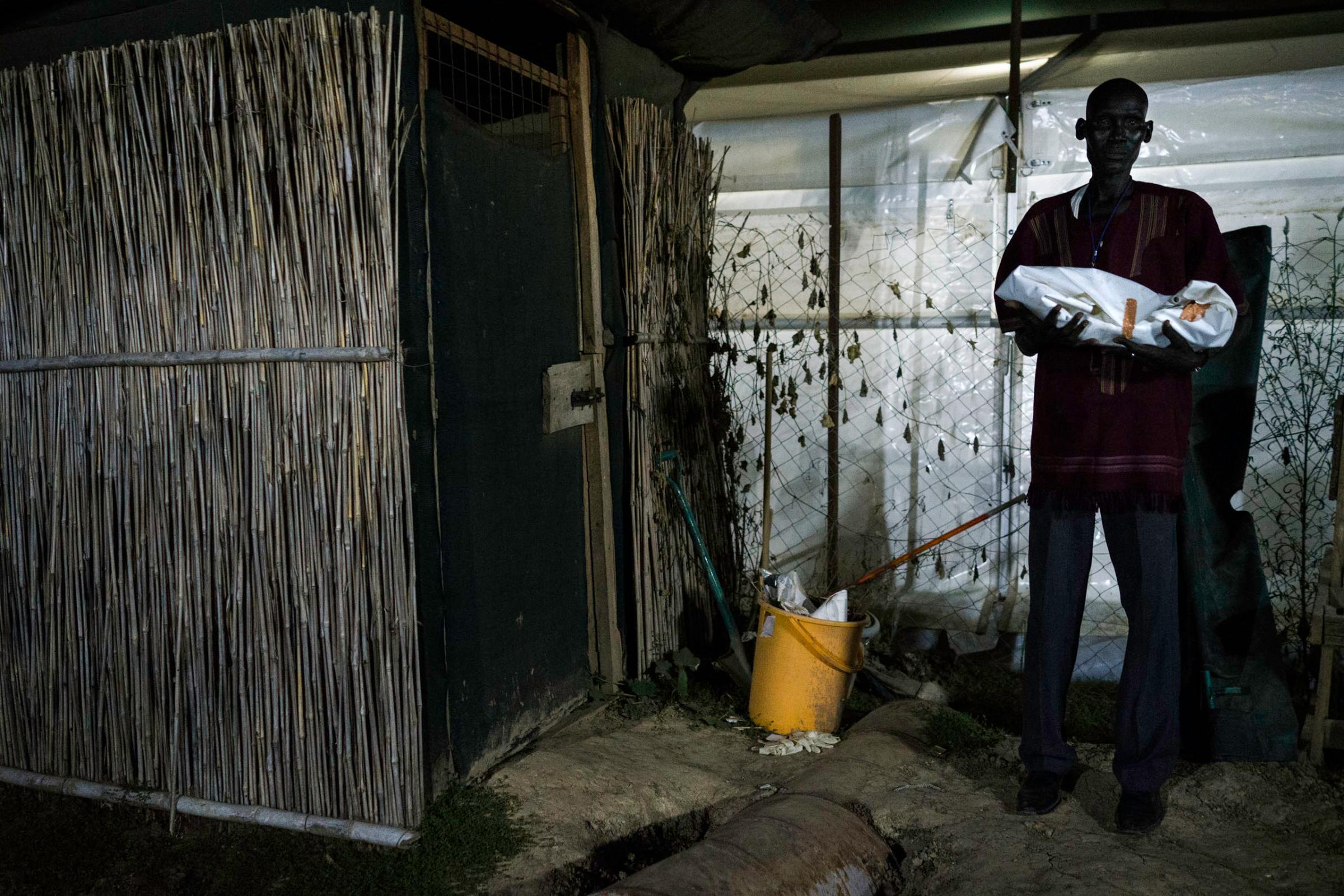
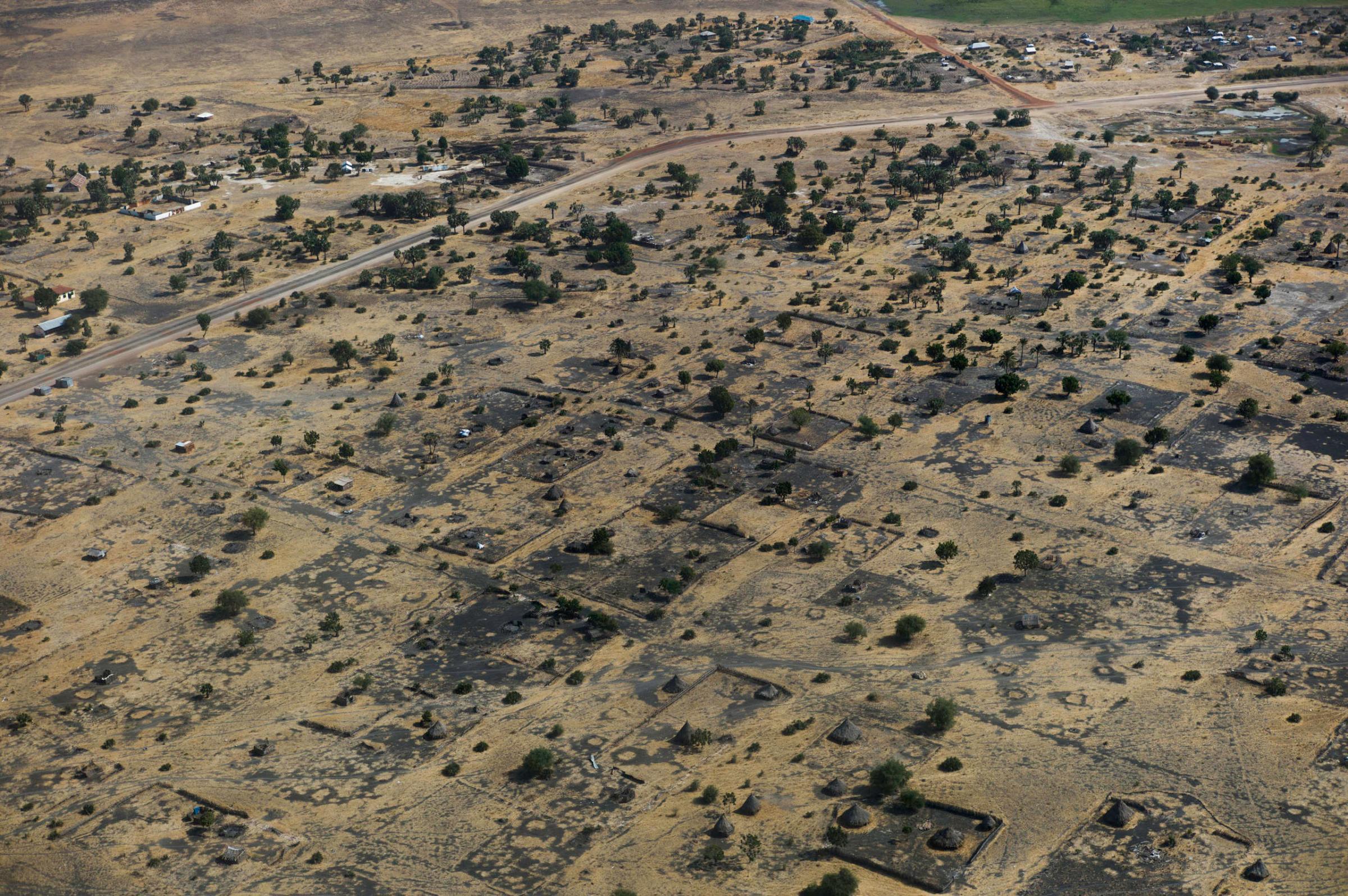
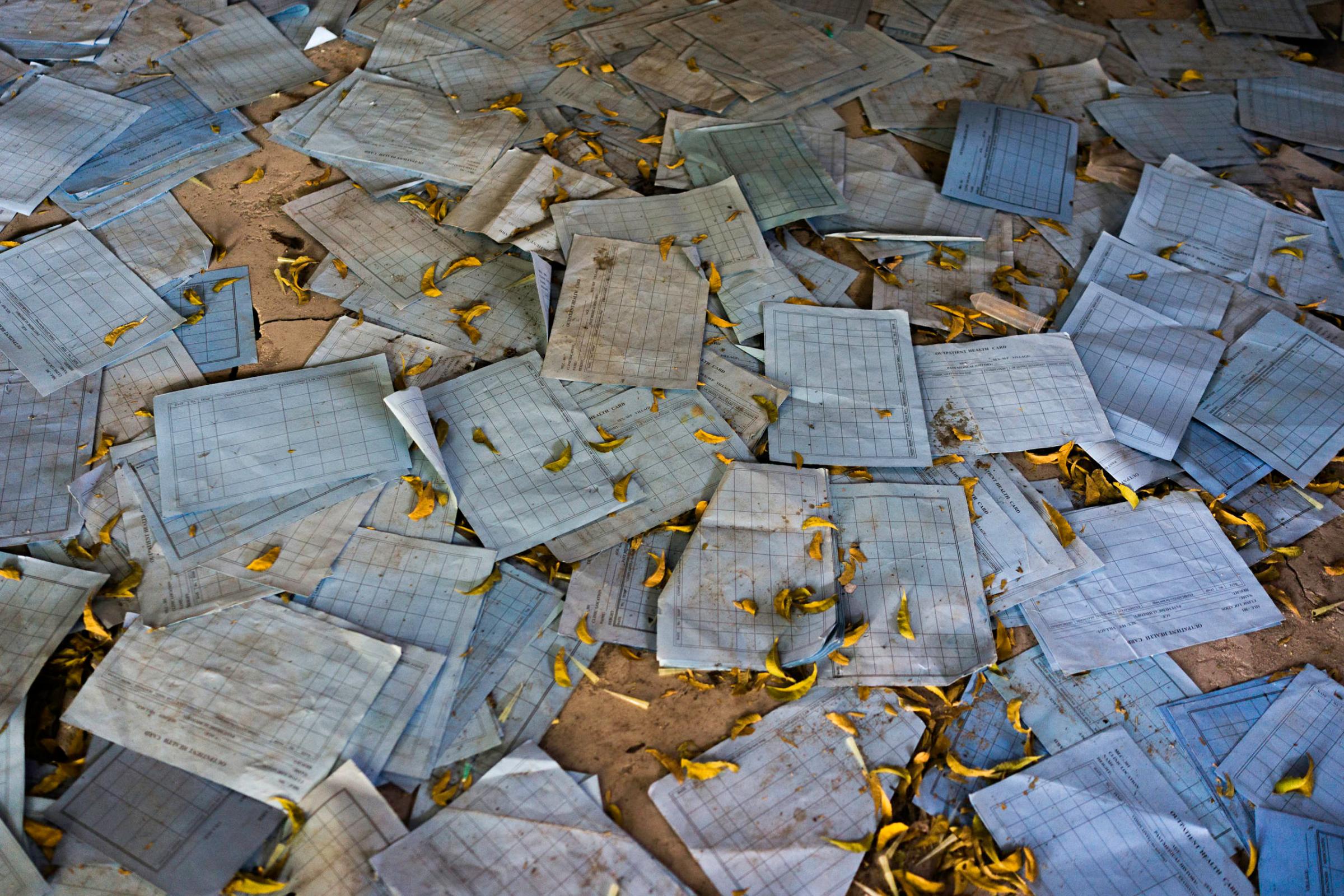
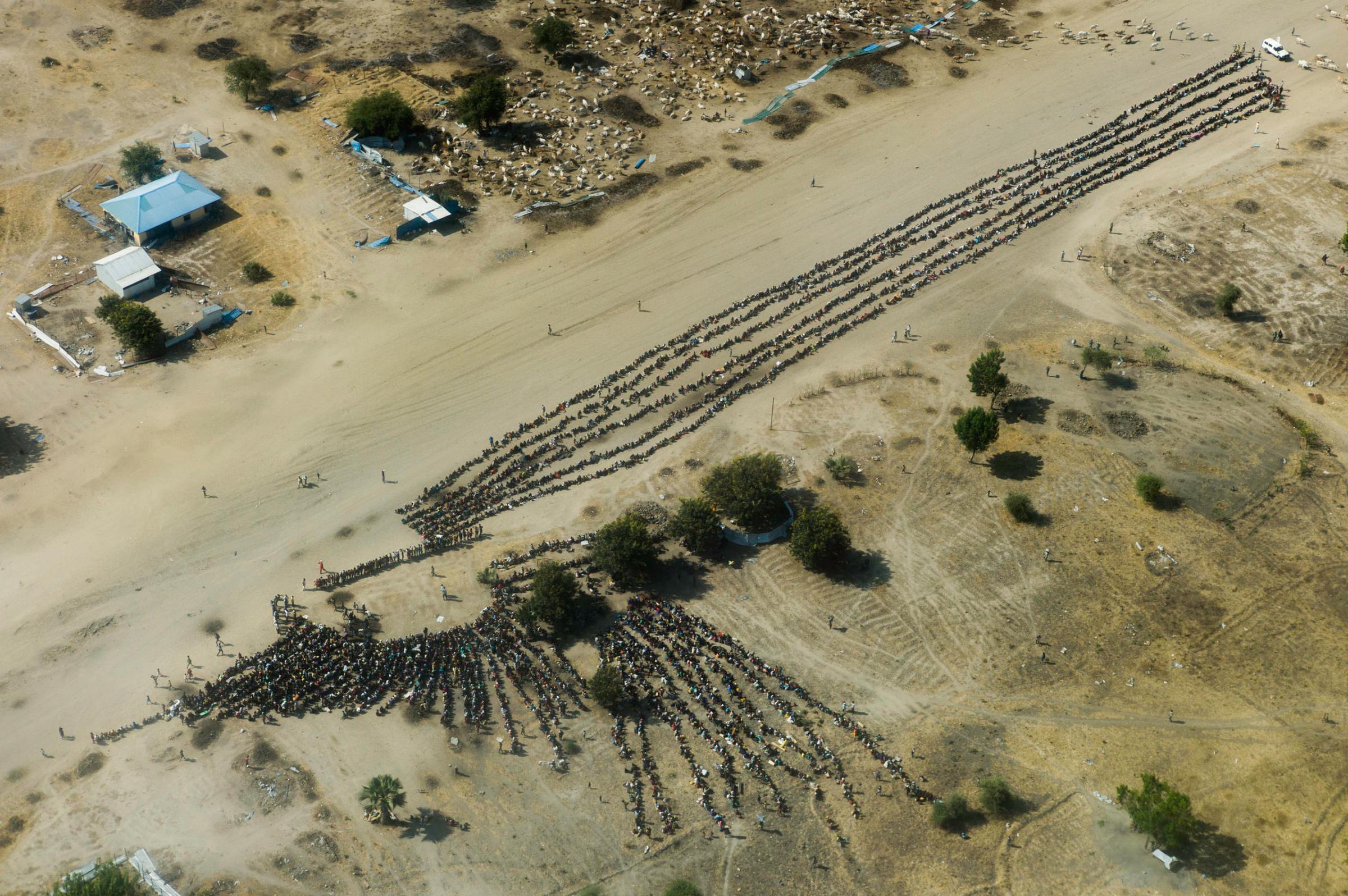
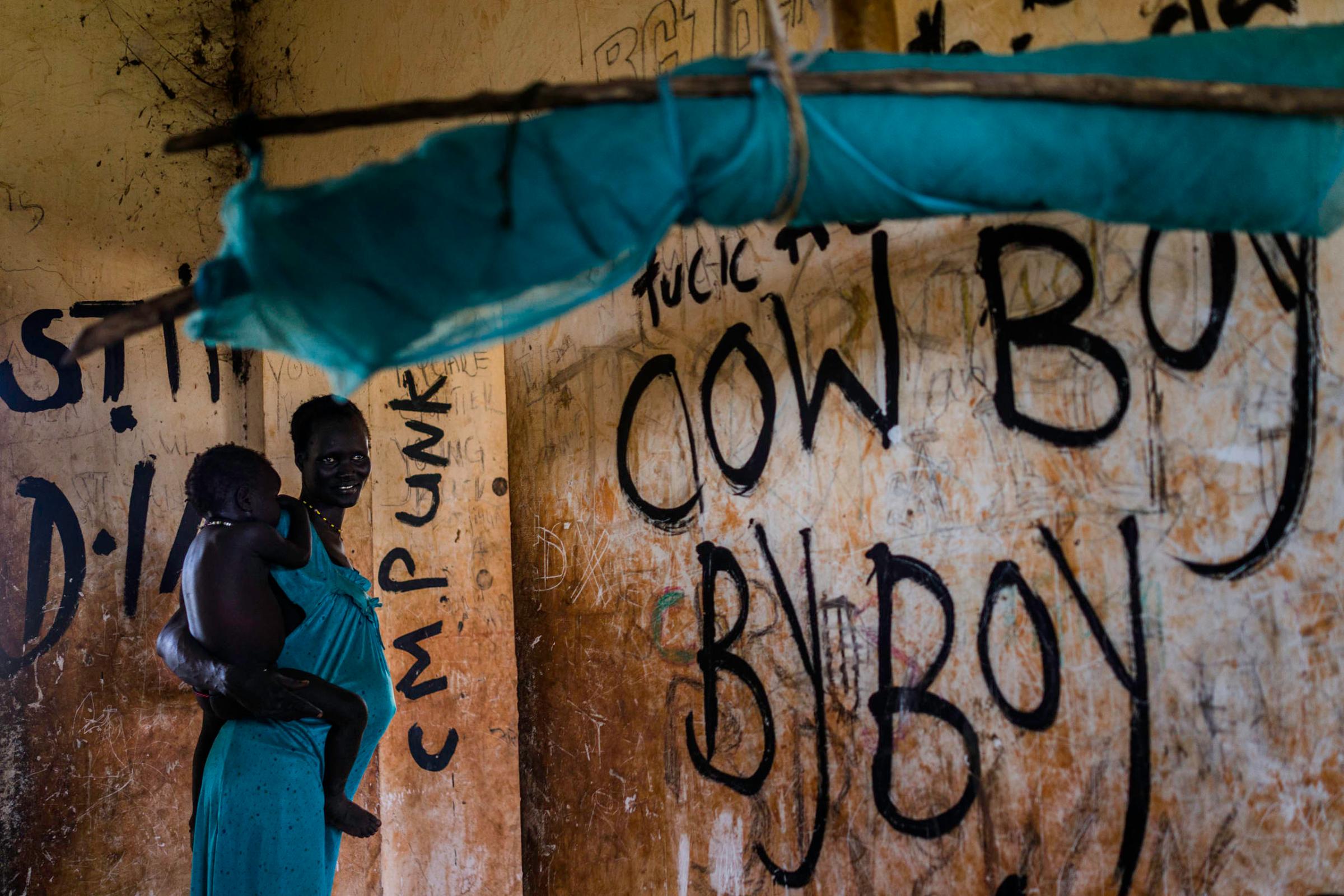
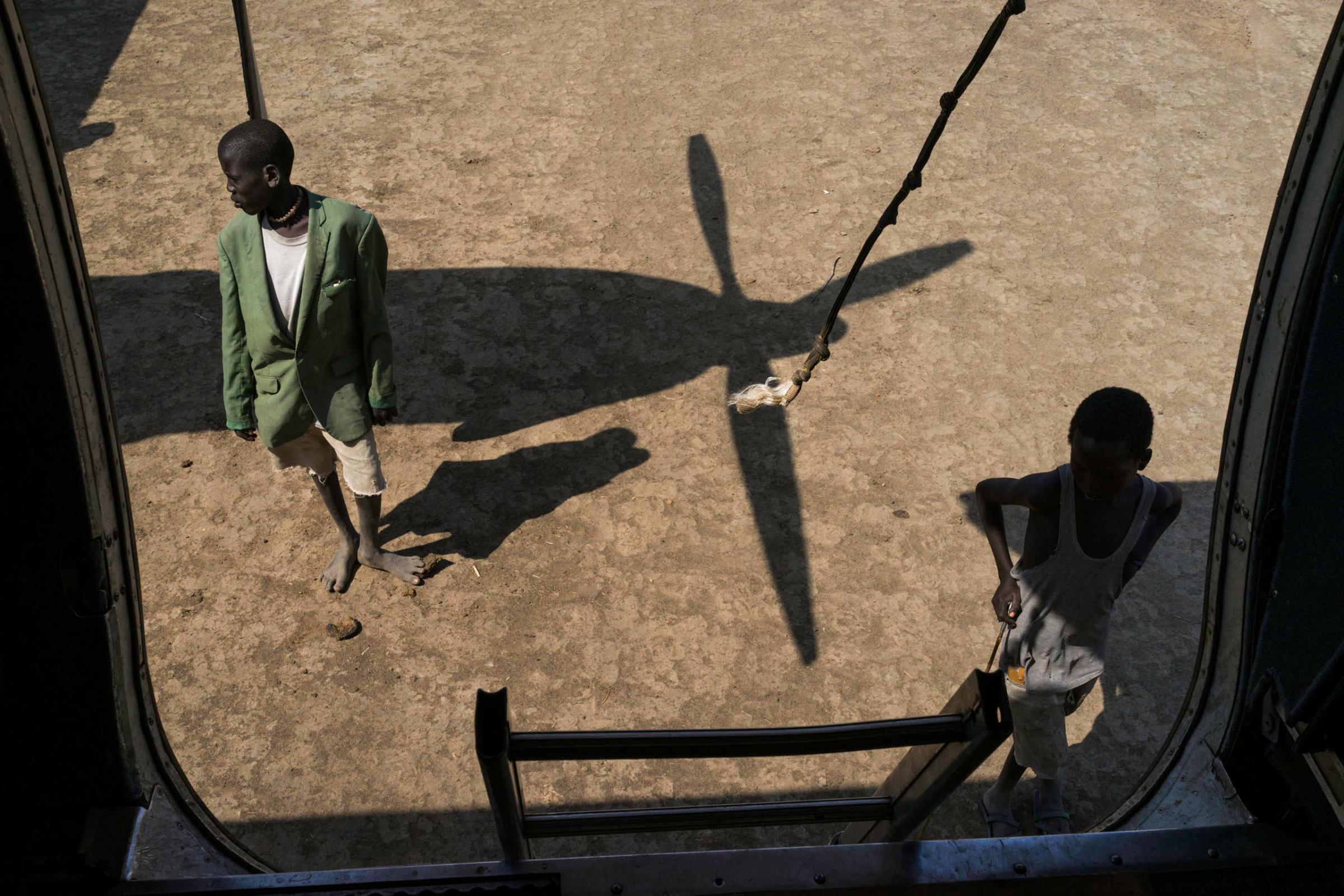

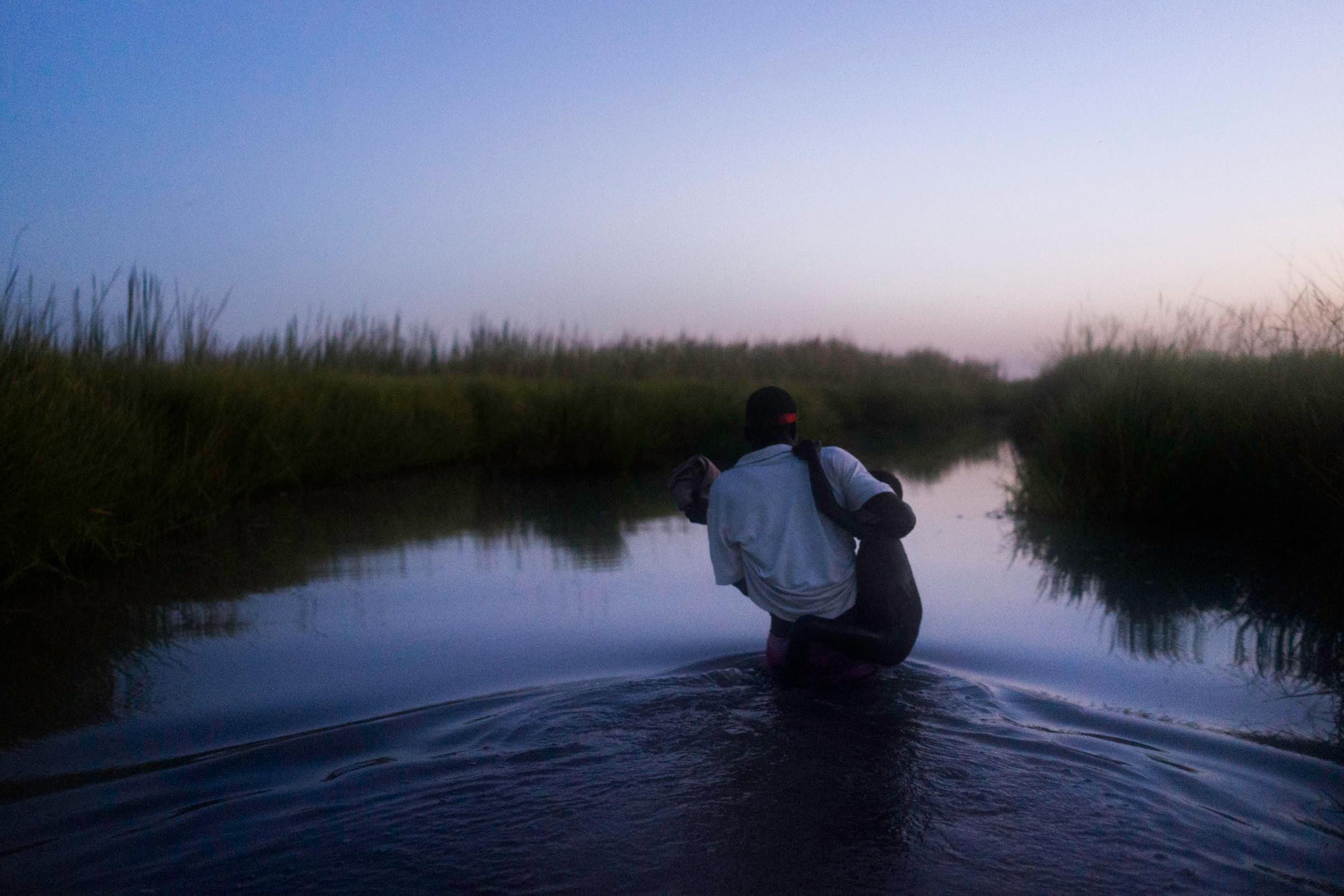
More Must-Reads from TIME
- Cybersecurity Experts Are Sounding the Alarm on DOGE
- Meet the 2025 Women of the Year
- The Harsh Truth About Disability Inclusion
- Why Do More Young Adults Have Cancer?
- Colman Domingo Leads With Radical Love
- How to Get Better at Doing Things Alone
- Michelle Zauner Stares Down the Darkness
Contact us at letters@time.com